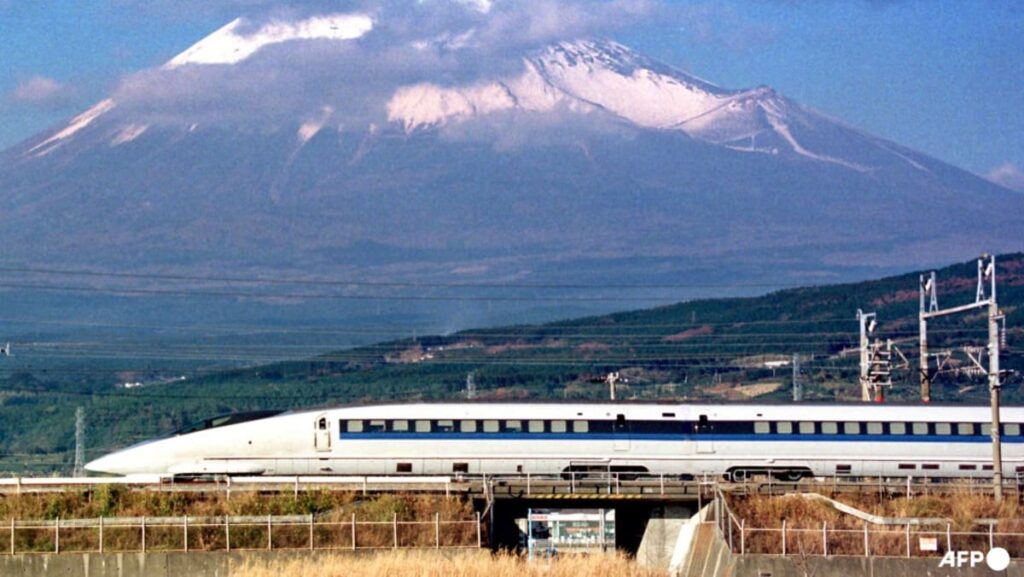Its development, however, was not without challenges.
Japan’s railways had suffered during World War II, and there was debate over whether the country could afford such a massive project.
When plans for the Shinkansen began to materialise in 1957, many opposed it, pointing to waning rail use in the United States.
But with the economic boom of the 1950s, the government pushed forward, seeing the Shinkansen as essential for connecting Japan’s most populous regions.
The result was an engineering wonder.
In a country with mountainous terrain, Japanese experts have had to find ways to overcome geographical challenges.
The long-nose or aerodynamic design of the Shinkansen, for instance, made it possible to make the facilities compact, such as smaller tunnels and a shorter distance between tracks.
In the event of seismic activity, an earthquake detection system can bring the train to a stop very quickly.
According to the Japanese government, the train’s tilting mechanism to lean into curves at high speed and the airtight body minimise vibration and provide a smooth, quiet ride.
Read the full article here

